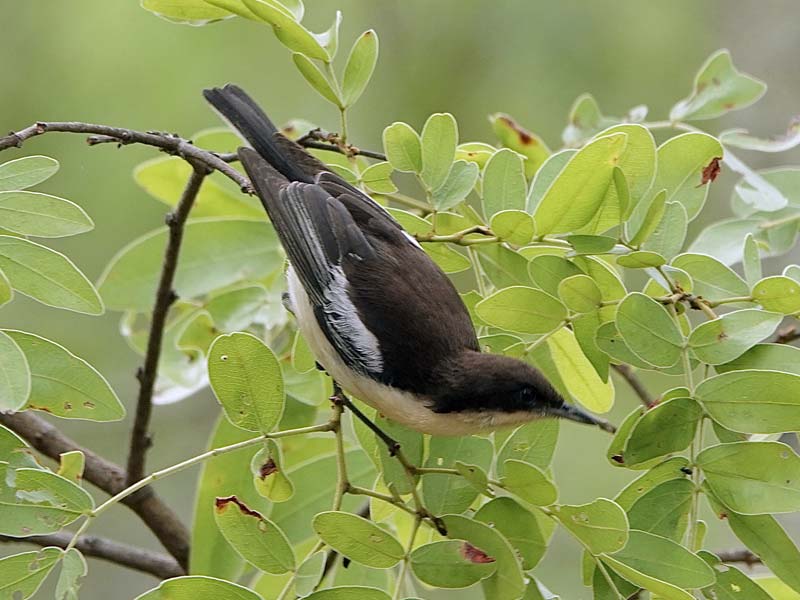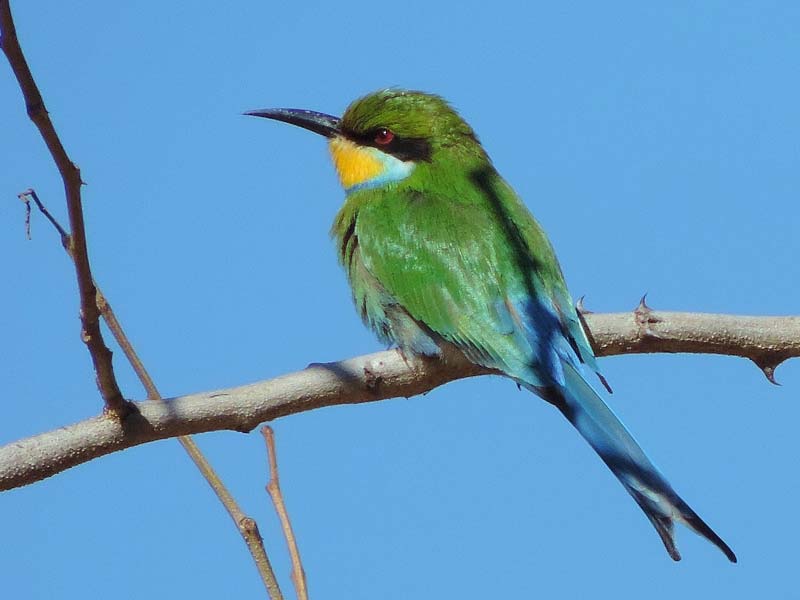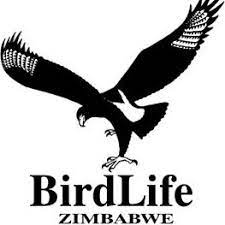BIRDING IN ZIMBABWE
Mukuvisi Woodland

Variable Sunbird

Southern Hyliota

Swallow-tailed Bee-eater
The 270 ha Mukuvisi Woodland provides great and convenient miombo birding in Harare. The habitat is mainly miombo woodland with a stream entering the southeast and exiting the southwest corner, where there is a stand of gum trees and a small acacia section. Bird by yourself or join a regular BirdLife Zimbabwe walk [see Calendar] on the 1st of each month; alternatively a Mukuvisi guide can be arranged from the office. The main public entrance is on Hillside Road just off Glenara Avenue South and here you find offices and a gift shop; a small fee allows access to the garden and coffee shop and a game-viewing platform overlooking a dam and grassland. There is also a bird hide over a small dam that can be accessed from the offices.
Winter birding (May-August) is less productive though most of the miombo specials can still be found, especially in bird-parties, and there is an influx of Swallow-tailed Bee-eaters at this time. Mid to late August brings on breeding and the woodlands ring with bird song and activity. You can expect miombo specials like Spotted Creeper, Whyte’s Barbet, White-breasted Cuckooshrike, Miombo Tit, Green-capped Eremomela, African Golden Oriole, Southern Hyliota and Miombo Blue-eared Starling. Black Cuckooshrike, Yellow-fronted Tinkerbird and Variable Sunbird are common and the less common African Cuckoo Hawk, Red-faced Crombec and Green-backed Honeybird and many others could be found. By November most of the migrants have returned and a list of over 100 is typical.
Check along the stream and reedbeds for Senegal Coucal, occasional Copper Sunbird (in flowering Waterberry trees around September) and the usual weavers, bishops and warblers. Purple-crested Turacos are in this area and neighbouring gardens. Long-crested Eagles often nests in the gums towards the southwest corner and an unusual bird for Harare, the Yellow-breasted Apalis, can sometimes be found in acacia section. There is a log-bridge across the small stream on Leonard’s Loop, and another atypical Harare bird can be found in the riverine here – the Black-throated Wattle-eye.
